10 Wildflowers That Grow in Ohio (Identification Guide With Pictures)
-
Ed Malaker
- Last updated:
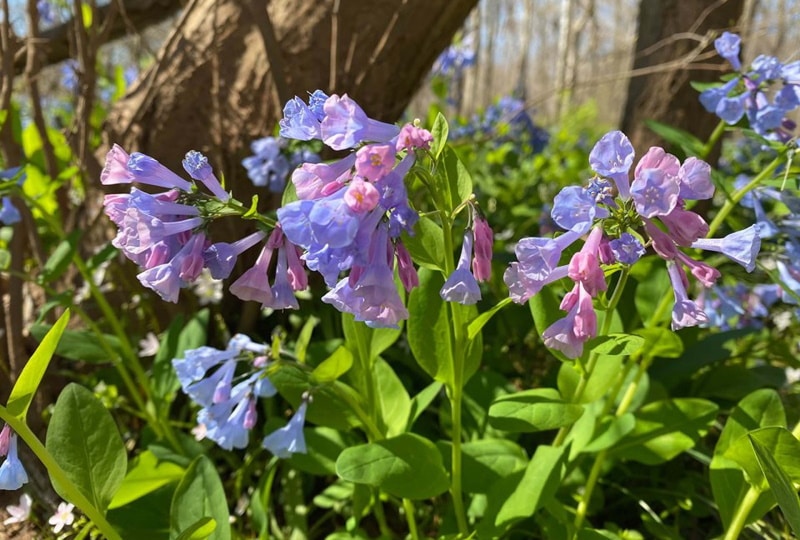
It can be great fun to learn about the different kinds of plants that grow in a certain area and then find them in the wild. Wildflowers grow naturally across the country and can look quite different from one another. Keep reading as we look at several attractive wildflowers that grow in Ohio, so you can find them when you visit or travel through the state.
The 10 Wildflowers That Grow in Ohio
1. Great Rhododendron
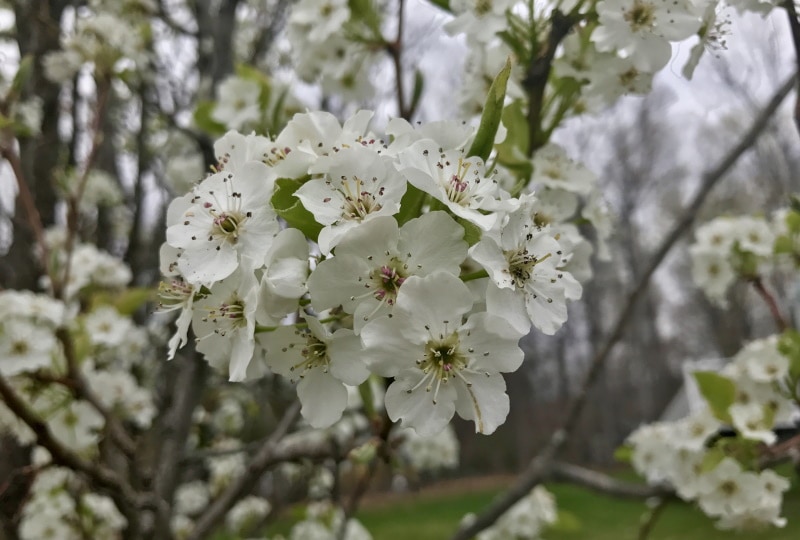
| Family | Rhododendron maximum |
The great rhododendron is a large evergreen shrub that can grow as tall as 30 feet. It flowers from June through July and produces fruit from August to October. It enjoys acidic soil, moderate shade, and plenty of humidity, so you will usually find it growing naturally in wooded areas near streams and lakes. However, it is a threatened species and can be hard to find.
2. Large Flowered Trillium
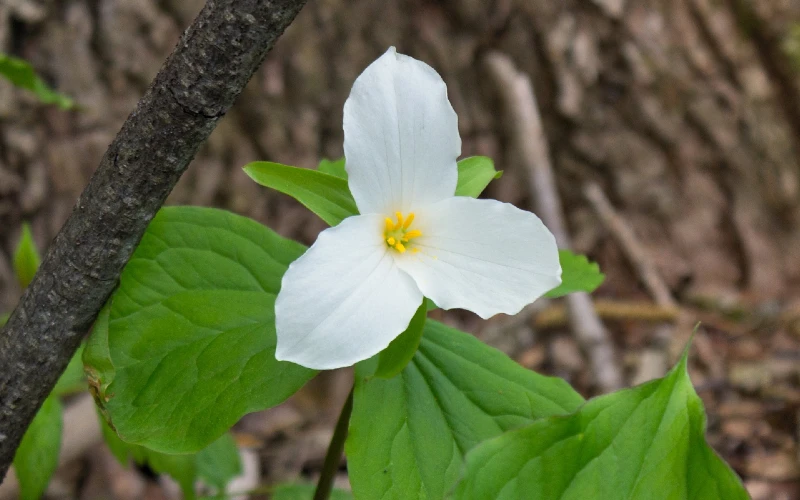
| Family | Trillium grandiflorum |
The large flowered trillium is an easy plant to grow and will usually come back every year in the spring. It produces large, white flowers with petals that are 1–3 inches long. When it gets closer to winter, the flowers take on more of a pink shade, and a single rootstock can become quite dense, producing several flowers. It starts to bloom in April, and you can find it in well-drained, slightly acidic soil in new forests and along the road.
3. Red Trillium

| Family | Trillium erectum |
Red trillium is related to the large flowered trillium and produces similar-looking flowers that are usually red but can also be brown, purple, pale yellow, or even white. It usually grows to about 16 inches tall, can tolerate extremely cold temperatures, and can be found throughout the northeastern United States, including Ohio.
4. Running Buffalo Clover
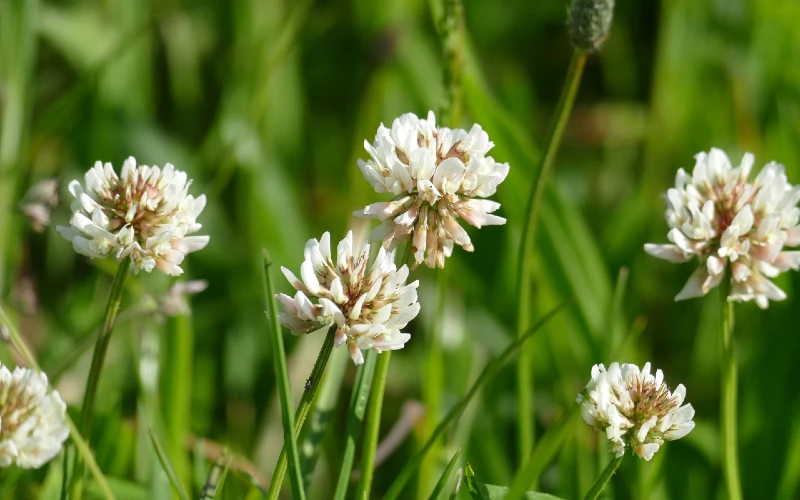
| Family | Trifolium stoloniferum |
The running buffalo clover is a wildflower native to the northeastern part of the United States that is becoming quite rare and difficult to find. It grows 4–20 inches tall and has a round flower head that is white and about 1/3 of an inch wide. Look for these flowers in woodlands and open grasslands.
5. White Trout Lily
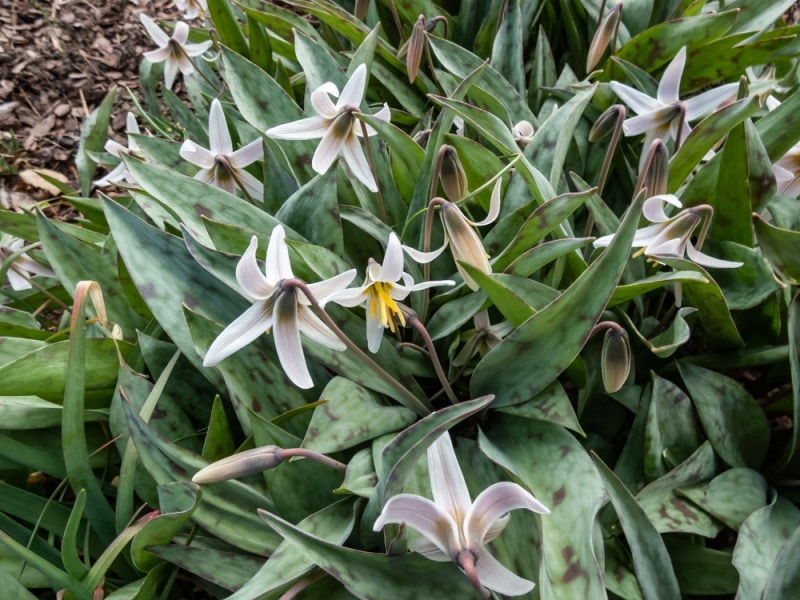
| Family | Erythronium albidum |
White trout lily is a small wildflower that blooms in early spring. You might also hear people call it a white dogtooth violet, and you will usually find it in wooded areas at the base of trees. It tends to grow in colonies, but only a few produce flowers that are typically white, as they can be pink, purple, blue, and green.
6. Wood Poppy

| Family | Stylophorum diphyllum |
The wood poppy plant produces attractive yellow flowers and is one of the first to bloom in the spring, so many people like to add it to their gardens or property. It usually grows to about 2 feet tall and grows in clusters. Look for it in shady areas, usually in the woods, where it can grow in rich soil.
7. Bloodroot
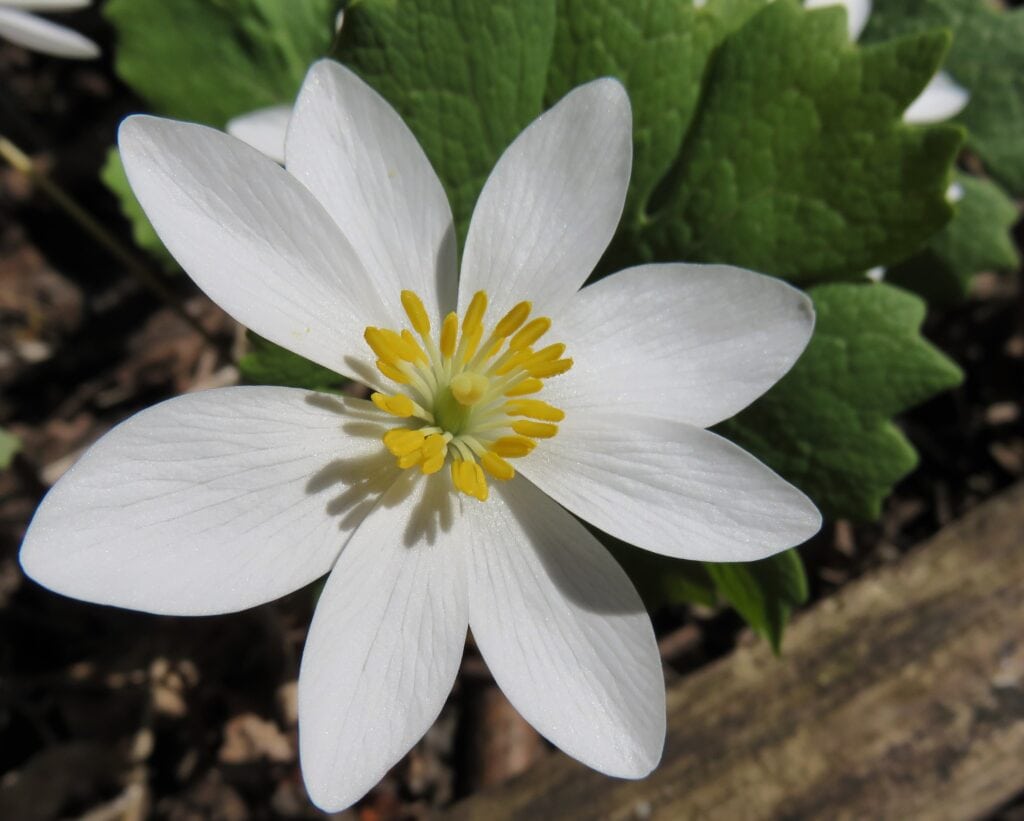
| Family | Sanguinaria canadensis |
Bloodroot is an attractive wildflower native to the eastern United States and belongs to the poppy family. The flower has a daisy shape with small white petals and dark yellow stamens. You will see it blooming from March to May on the slanted ground near riverbanks. It gets its name from the red rhizome that it grows from, which produces a blood-red sap.
8. Virginia Bluebells
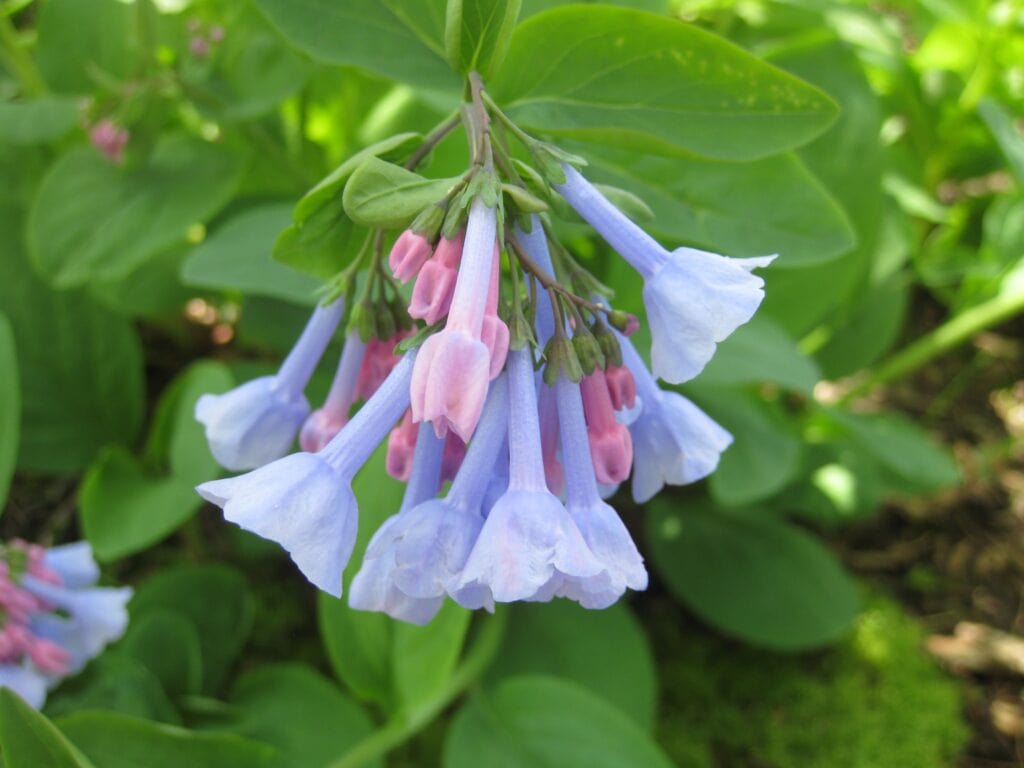
| Family | Mertensia Virginica |
Despite the name, you can find Virginia bluebells throughout the northeastern United States, including Ohio. It likes to grow on wooded hillsides, where the soil has plenty of nutrients, and it usually grows in large clusters, making it easy to spot. It attracts bees, butterflies, and other pollinating insects with its small purple, trumpet, or bell-shaped flowers.
9. Wild Columbine
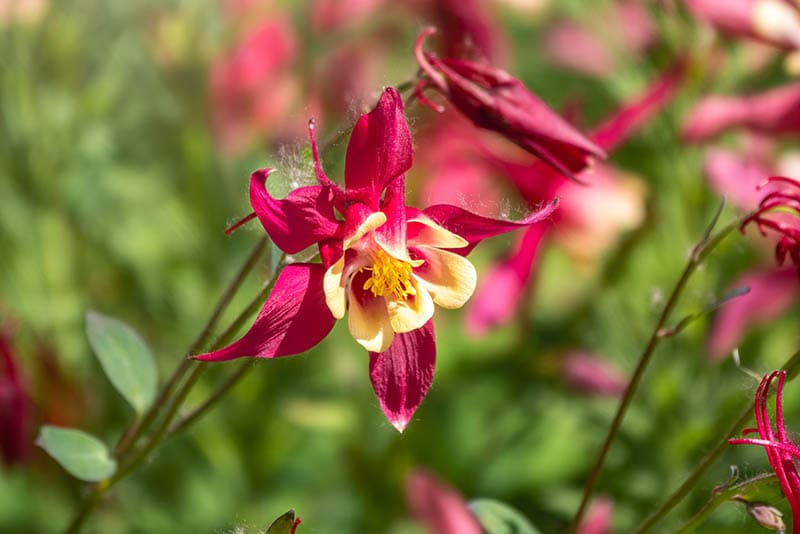
| Family | Aquilegia canadensis |
Wild columbine produces an attractive red flower with yellow stamens that is easy to identify if you spot it growing along the highway. It is not too particular about its habitat, so you can find it almost anywhere, from rocky woodlands to sandy soil. It usually grows to about 3 feet tall, blooming in the spring.
10. Skunk Cabbage
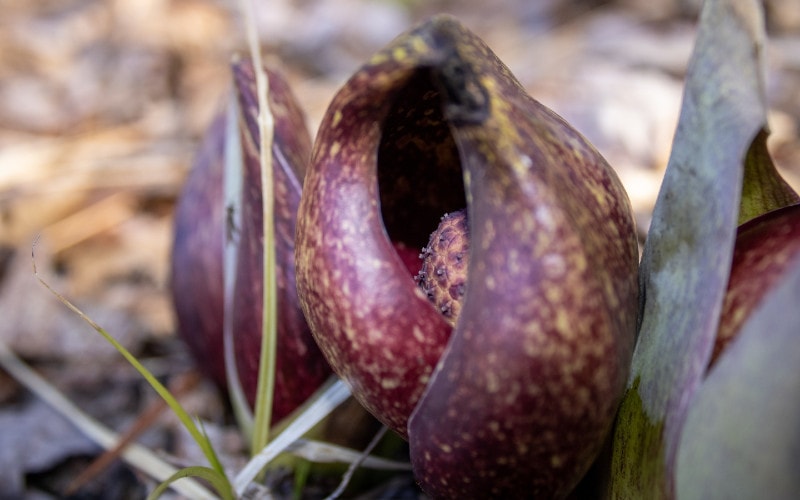
| Family | Symplocarpus foetidus |
The skunk cabbage is one of the first plants to bloom each spring, and its unusual appearance makes it easy to identify. The bloom is knob-like, with many petal-less flowers under a dome or hood called a spathe. As the flowers mature, the hood opens to allow in more pollinators. Look for these plants in woodlands near streams, where they can live for up to 20 years.
Tips for Finding Wildflowers in the Wild
- Time your visit and your wildflower adventures to coincide when the flowers that you are searching for are blooming. Most bloom in spring and early summer, so it is easy to miss them if you look too late in the year. Many websites will tell you the best times to look for a specific plant.
- Never pick or disturb the wildflowers that you find. Some, like the buffalo running clover, are quite rare, and picking them can drive them further toward extinction.
- Wear the appropriate clothing. Thorns, briars, and tree branches can cut and scrape your skin if you are not careful, and if you’re too cold or warm, you might decide to cut the trip short.
- Another reason to wear appropriate clothing is to protect yourself from bugs like ticks, which can spread Lyme disease. We also recommend using an insect repellant if you are in dense woods.
Conclusion
Quite a few wildflowers help make Ohio look incredibly inviting each spring and summer. We recommend looking for the great rhododendron, which can get up to 30 feet tall and produce attractive, fragrant flowers. Red trillium, bloodroot, and Virginia bluebells are also quite popular among wildflower enthusiasts, and we should all be on the lookout for the rare running buffalo clover.
Featured Image Credit By: lampwright, Pixabay
Contents
